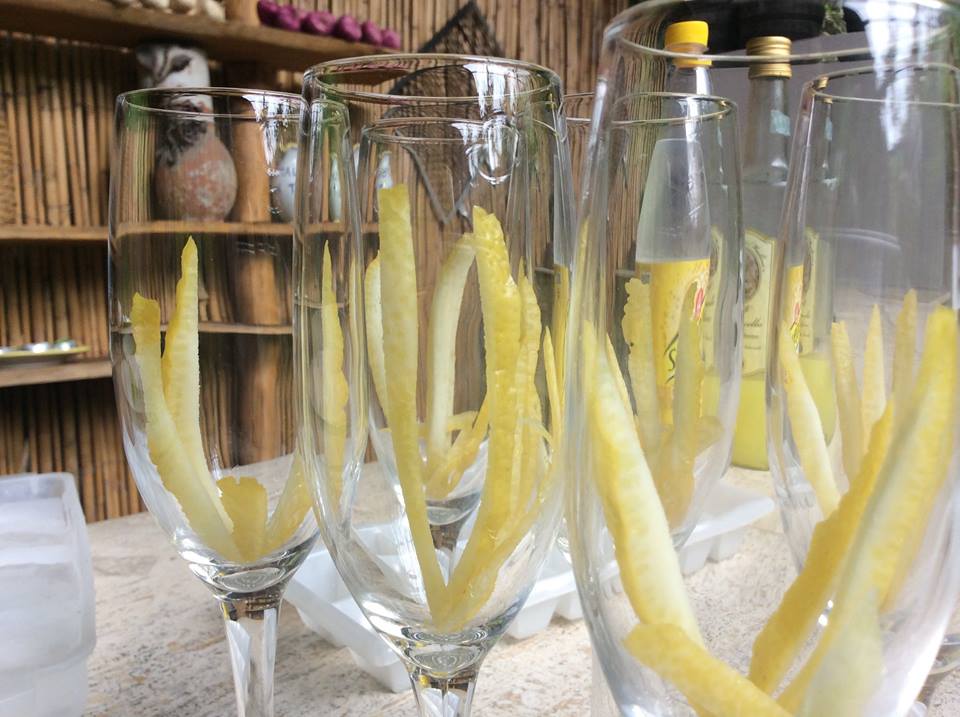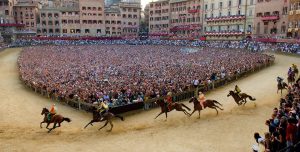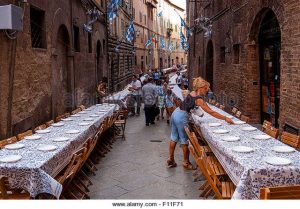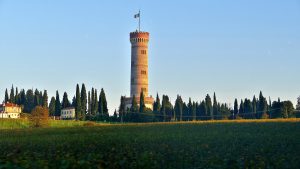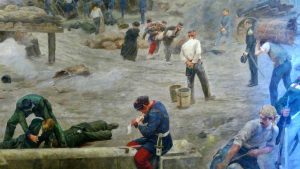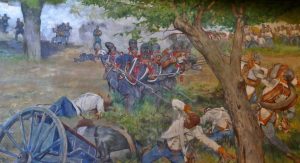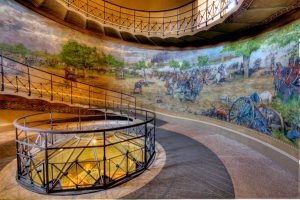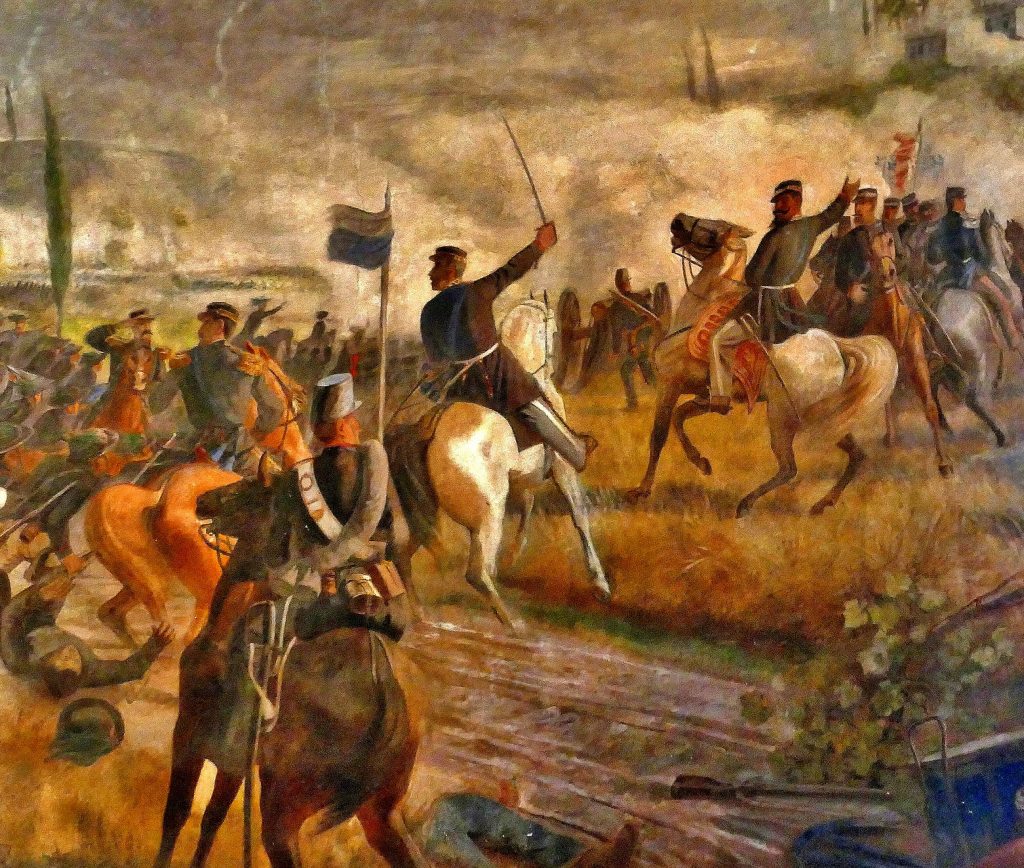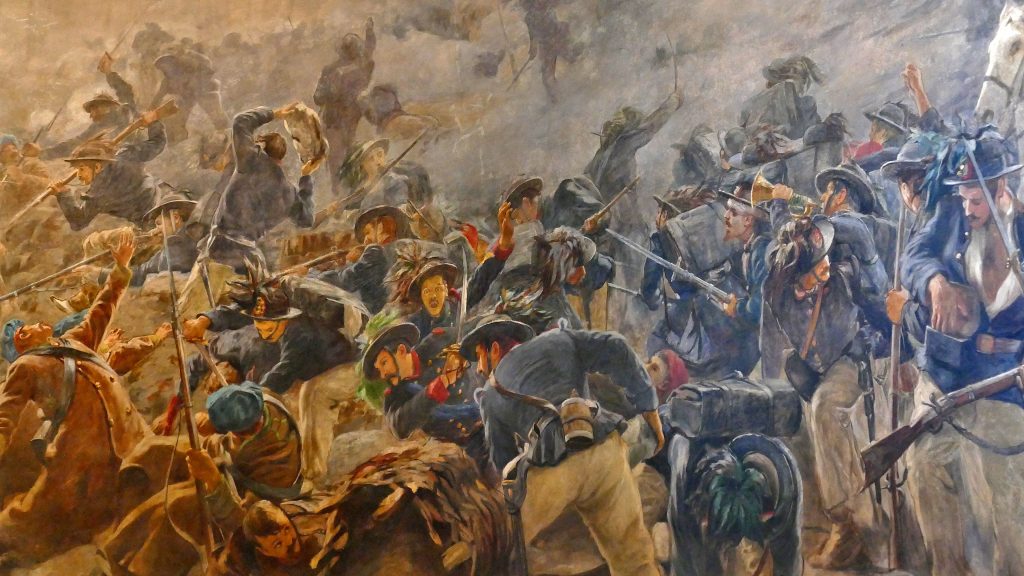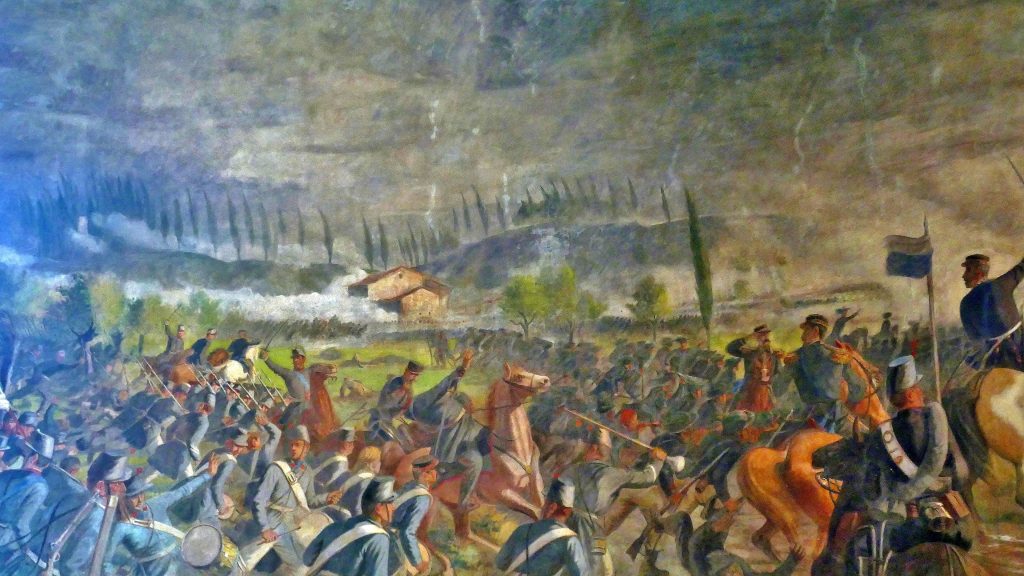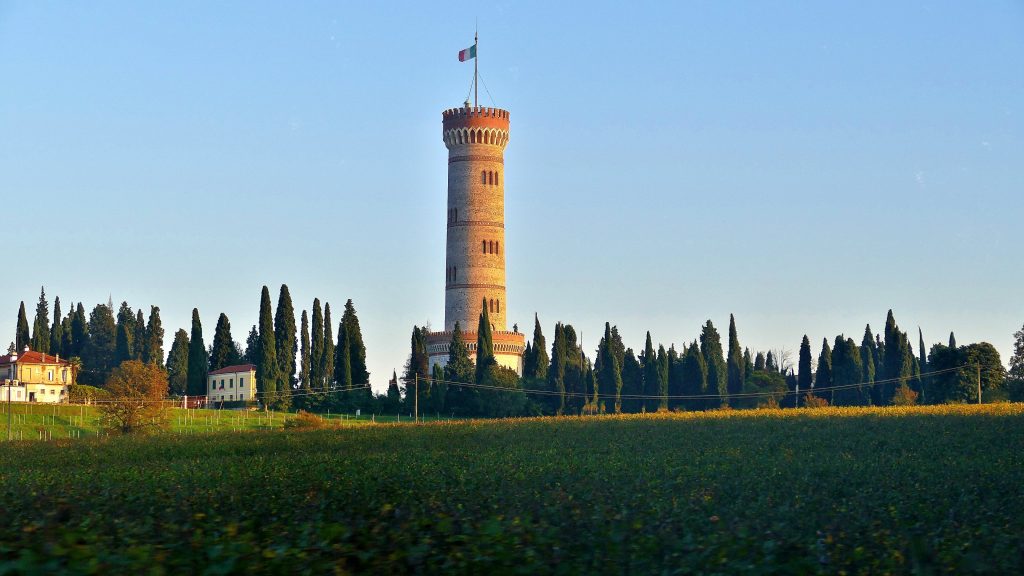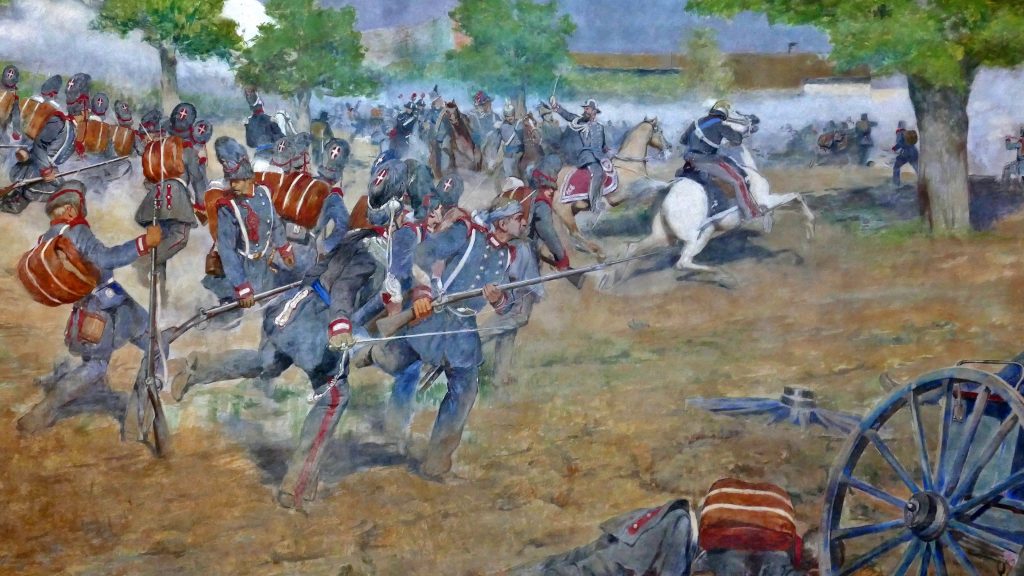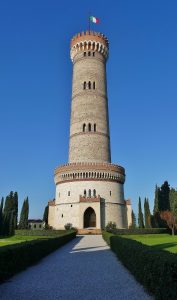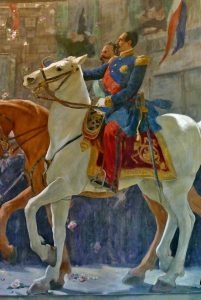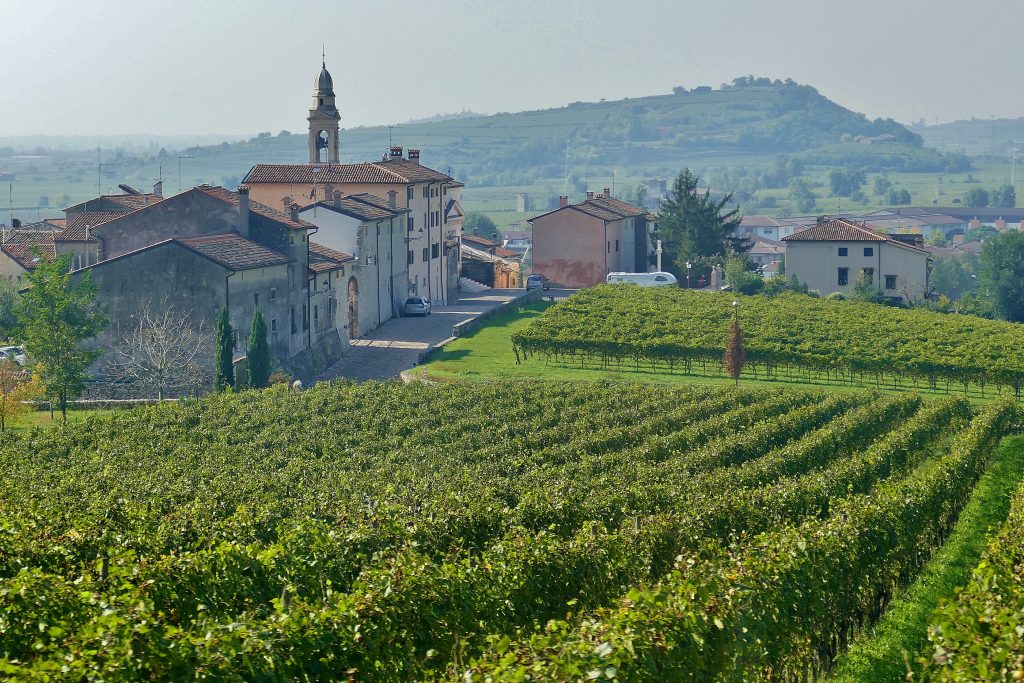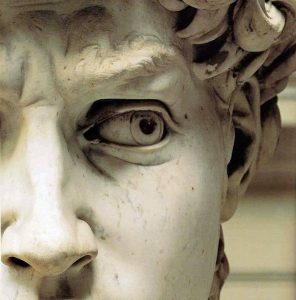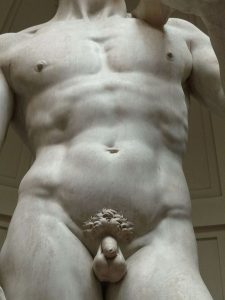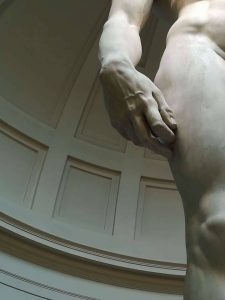REFRESHING DRINKS AND FOOD RECIPES YOU CAN DO AT HOME!
FUN FACTS FROM THE ENTHUSIASTIC TRAVELERS FOOD AND WINE TOURS!
Who is ready for Springtime? One of the many things we look forward to is the fresh organic Lemon Spritz that we find on our tours of the Amalfi Coast. Along with boating, yoga, hiking, cooking and cultural excursions, this fabulous plantation, high above the sea is always unforgettable. We do this Dream Trip only in June, once a year. ASK US!
Salvatore generously gives his recipe for AMALFI LEMON SPRITZ!
4 parts Prosecco
3 parts Aqua tonic
3 parts limoncello
Stir delicately as not to disturb the bubbles.
Optional: Shave with ice and/or shaved ginger.
*
Horseracing in Siena!
FUN FACTS from THE ENTHUSIASTIC TRAVELER FOOD AND WINE TOURS!
Of the many times that I have entered the Il Campo, (meaning the field,) in Siena, I am transported to a place in my mind’s eye of 10 horses dangerously and recklessly charging around the shell-shaped piazza, and imagining the horror of seeing one of them fall. A medieval and cruel ritual lasts just 90 seconds has been depicted in movies, books, and TV shows. Where horses and jockeys fall, and familial ties run so deep that marriages are divided during the race. In these photos, you can see the apartments whose windows and terraces hang over the square. These apartments and homes are privileged real estate in Siena, whose inhabitants have a perfect birds-eye view of the race called the Palio. I was invited once, although never went, to the terrace of a famous Brunello winemaker. It hung exactly over the Piazza, and Tina Turner was going to be a guest. It was just 1,000 Euro per person to enjoy antipasti, and prosecco, while watching the race. Other famous people who rent a terrace over the piazza to watch the race are the likes of Sting or Madonna, among many others.
How deep is this tradition you may ask that goes back to Medieval times?
-When a couple marries outside of their neighborhood, at race time, they divide and return to their perspective place to cheer on their Contrada. Real problems arise if a child is born because sides or Contrada must be appointed to the child. It can break the parent’s heart if the neighborhood they are from is not chosen for the child.
-When the horses are chosen and brought to Siena just before the race and housed in a stable, or secret place, great pains are taken to protect the animal by assigning a usually bi-partisan friend of the family. Many times the horse sitter, and sometimes even the jockey himself have been paid off to poison the horse, especially if it is a favorite.
-When there is a winner, the neighborhood celebrates for weeks. The Contrada, or neighborhood, is elaborately decorated and in the street has a long table with many chairs to seat all of the people who live in the neighborhood for a celebratory dinner. But the main seat of honor is maintained at the end of the table. You will find a place with no chair, laden with hay, for the honorary guest to join, the victorious horse.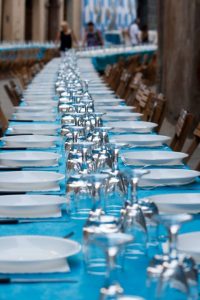
There are 17 neighborhoods in Siena. They are called Contrada, which is one, or Contrade, CON-TRA-DAY, more than one, and represented by an animal. Not your normal run of the mill house cat, or dog, or even a horse!
The seventeen Contrade are:
Aquila (Eagle)
Bruco (Caterpillar)
Chiocciola (Snail)
Civetta (Little Owl)
Drago (Dragon)
Giraffa (Giraffe)
Istrice (Crested Porcupine)
Leocorno (Unicorn)
Lupa (She-Wolf)
Nicchio (Seashell)
Oca (Goose)
Onda (Wave)
Pantera (Panther)
Selva (Forest)
Tartuca (Tortoise)
Torre (Tower)
Valdimontone (Valley of the Ram)
The race is held twice each year, on 2 July and 16 August, in Siena, Italy. Ten horses and riders, bareback and dressed in the appropriate colors, represent ten of the seventeen Contrade, or city wards. In each race, only ten of the seventeen Contrade participates. The seven which did not participate in the previous year’s Palio and three others chosen by drawing lots.
Jockeys can pretty much do anything to win. Other than tugging on an opponent’s reins, jockeys are allowed to do anything to distract other jockeys during the race. This means that, frequently, some jockeys will actually fall off their horses! But, no matter — the rules state that as long as your horse crosses the finish line first, you don’t need to be on it to win.
The race itself, in which the jockeys ride bareback, circles the Piazza del Campo, on which a thick layer of dirt and straw has been laid. The race is run for three laps of the piazza and usually lasts no more than 90 seconds. It is common for a few of the jockeys to be thrown off their horses while making the treacherous turns in the piazza, and indeed, it is not unusual to see unmounted horses finishing the race without their jockeys.
Beginning in early winter, the Contrada leaders talk and develop strategies, making contacts with the jockeys and horse owners. These leaders prepare those who will race in the Piazza del Campo or take part in minor Palios elsewhere in nearby towns and bring them to training courses organized by the city in the spring.
The full activities of the Palio start to grow in momentum towards the end of May, with the drawing of lots of the three remaining Contrade that will join the seven that have won the right to race. With districts and teams outlined, Talks begin about “deals” (engagement of jockeys) and “parties” (secret pacts for the win), despite not knowing which horse they will draw in the lot.
About a week before the race, the Palio (drappellone) itself is presented to the city, which has commissioned a local artist (in the case of the Palio of July) or internationally recognized artist (in the case of the Palio of August or a special Palio) to create the prize. Also at this time, visits occur to the horses which will be presented for the lottery.
The most successful ward is Oca, the Goose, which has won 63 races (at least according to their records, which start from 1644), followed by Chiocciola, the Snail, with 51, and Tartuca, the Tortoise, with 46. Oca is also the Contrada with the most wins in recent history (from 1900 to 2010) with 21 victories, followed by Selva, the Forest, with 18, and Drago, the Dragon, with 17.
*
Origins of the Red Cross Movement
FUN FACTS FROM THE ENTHUSIASTIC TRAVELER FOOD AND WINE TOURS!
*
AMAZING MICHELANGELO
FUN FACTS from THE ENTHUSIASTIC TRAVELER FOOD AND WINE TOURS!
Sunday Fun Facts!
At 26 years old, Michelangelo was commissioned to undertake a large piece of marble that lay abandoned for years in the yard of the cathedral workshop and turn it into a masterpiece called “David”. Starting in 1501, it took 2 years for him to complete the sculpture.
In 1991, the foot of the statue was damaged by a man with a hammer. The samples obtained from that incident allowed scientists to determine that the marble used was obtained from the Fantiscritti quarries in Miseglia, the central of three small valleys in Carrara, Italy near the Cinque Terre. The marble contained many microscopic holes that cause it to deteriorate faster than other marbles. Because of the marble’s decline, the statue, in 2003, was given its first major cleaning since 1843! Some experts opposed the use of water to clean the statue, fearing further deterioration, but under the direction of senior restorers, the renovation took place.
Florence’s museum authority has played down the risk of Michelangelo’s 500-year-old David falling down because of a series of micro-fractures on the lower part of both legs and with the pedestal tilting up to 5 degrees. They say, that even if there is an earthquake of 5.0 or 5.5 on the Richter scale, Florence will stay in one piece, and David would be the last to fall.
In 2008, plans were proposed to insulate the statue from the vibration of 5 million tourists’ footsteps every year at Florence’s Galleria dell’Accademia, to prevent damage to the marble. The vibrations have reduced since the number of visitors allowed in at one time was limited.
During World War II, David was entombed in brick to protect it from damage from airborne bombs.
…and the man who took a hammer to David’s toe? After spending time, in and out of mental institutions, he was discovered years later in the Prato cathedral scribbling on a 15th-century fresco by Filippo Lippi with a black marker. Later in the year, he slashed a 16th-century painting entitled “Adoration of the Shepherds Before Baby Jesus” with a knife. At the national museum of modern art in Rome, he again used a black marker to doodle on a Jackson Pollock painting with the claim that it was ugly. He took credit for spray painting a black “X” across a commemorative plaque set in the paving of Piazza dell Signoria in Florence, Italy. In the past, he had reportedly told authorities he feels compelled to disfigure the artwork by an inexplicable internal force.
The base of the DAVID is now encircled with a waist-high glass wall to discourage tourists from approaching it.
